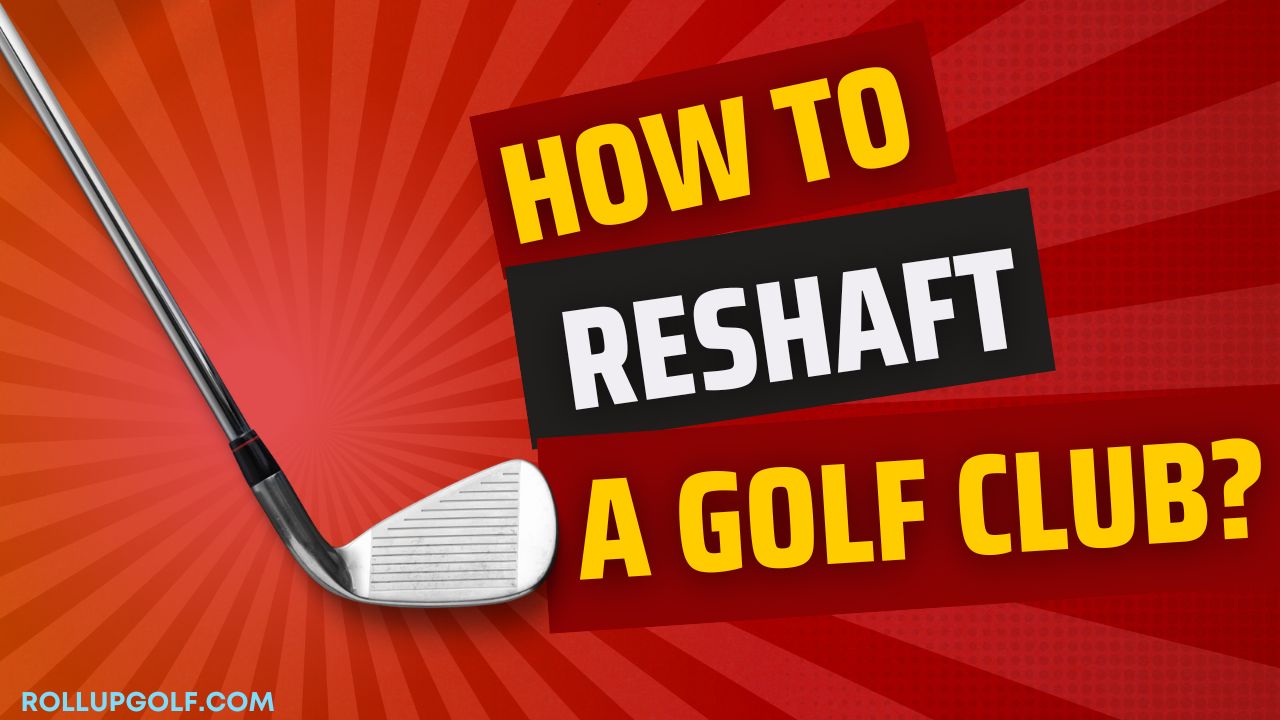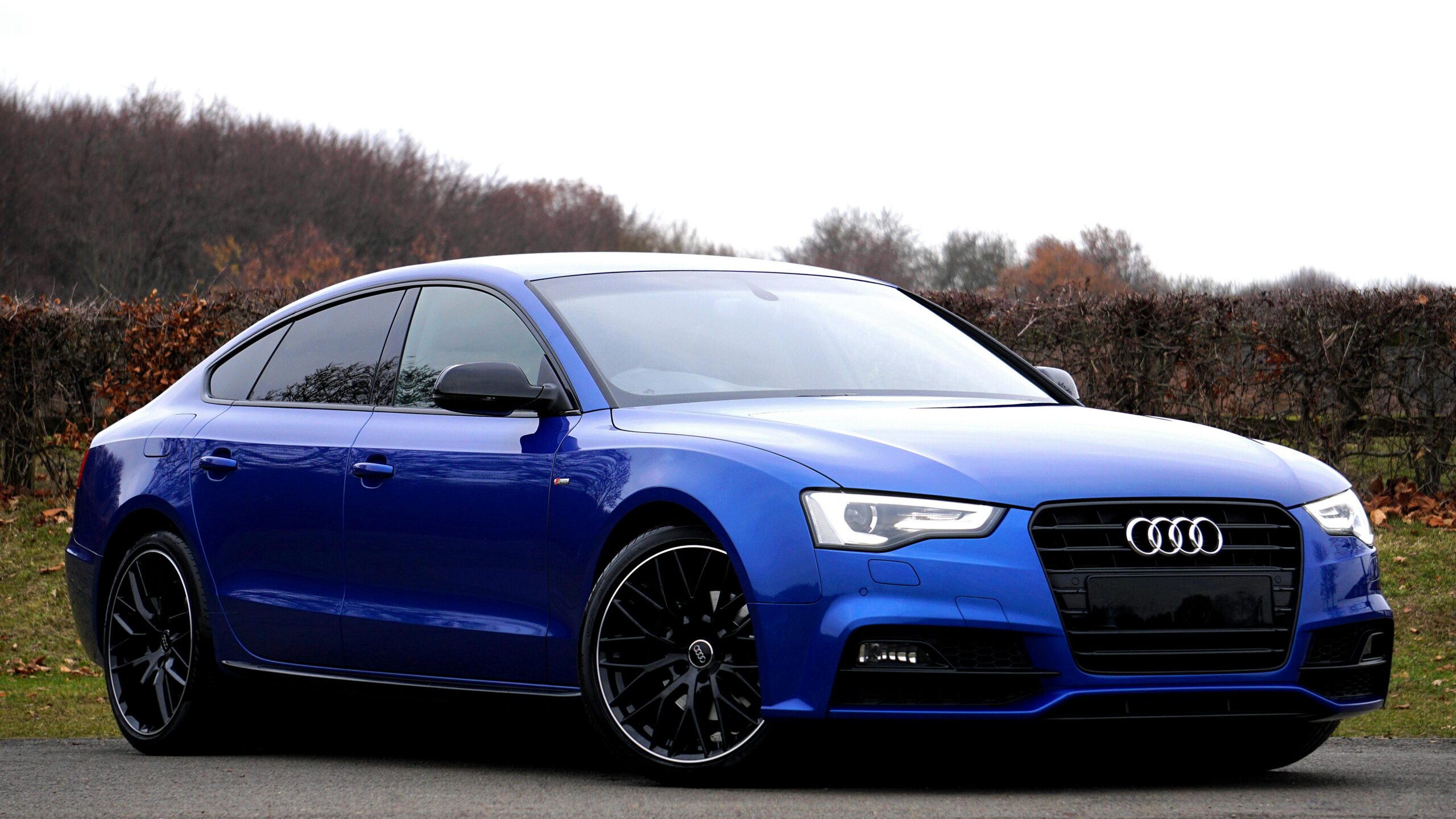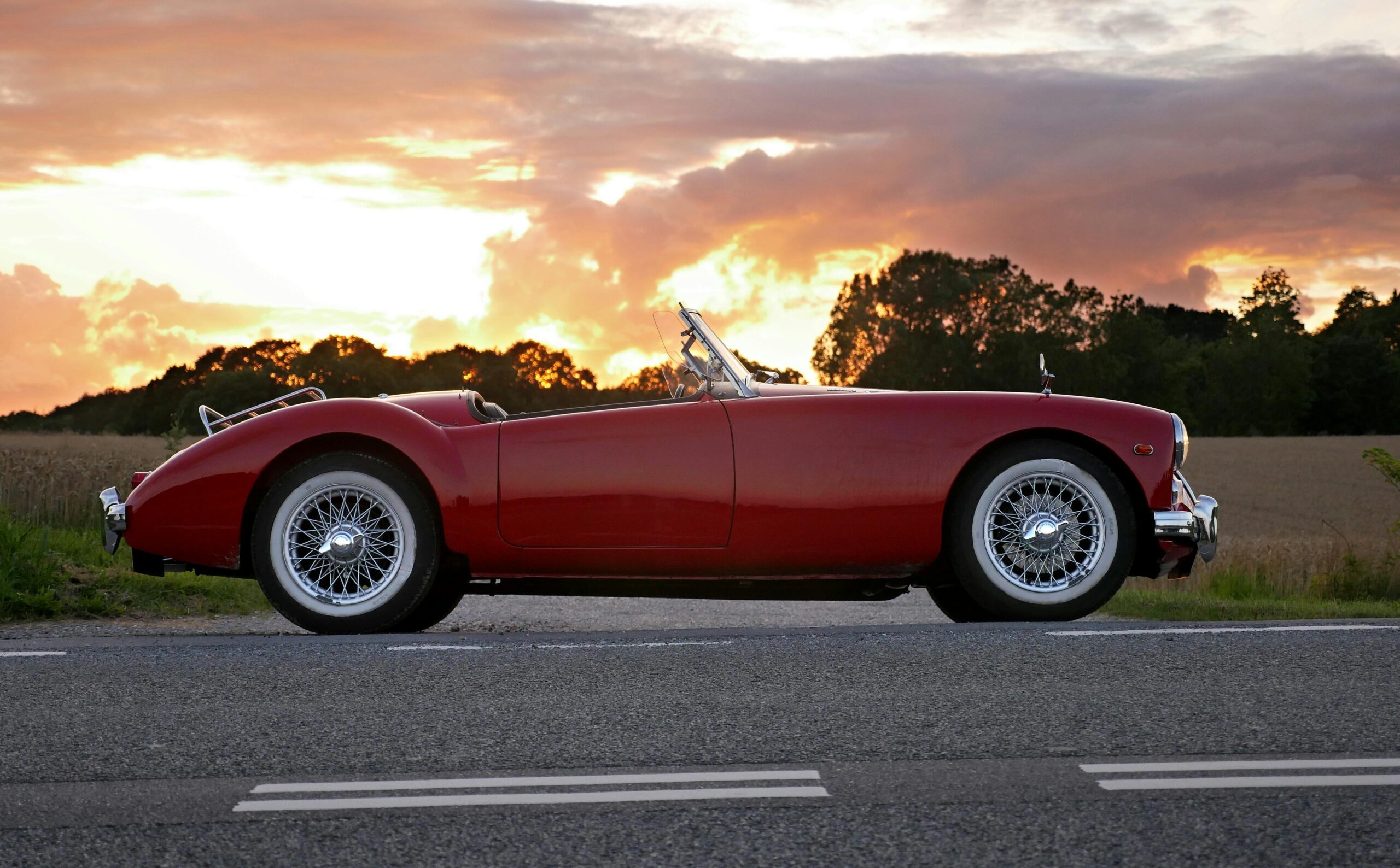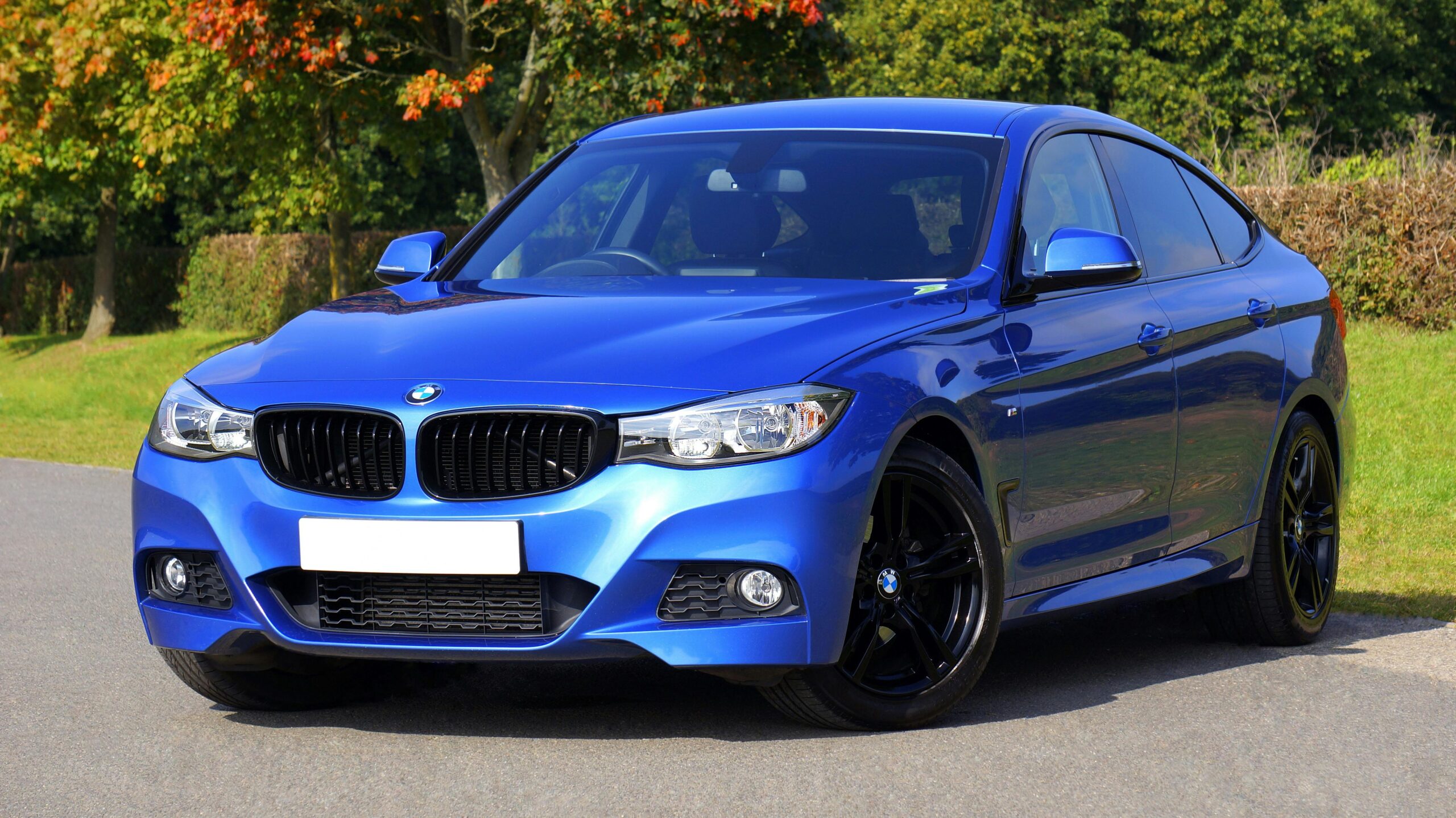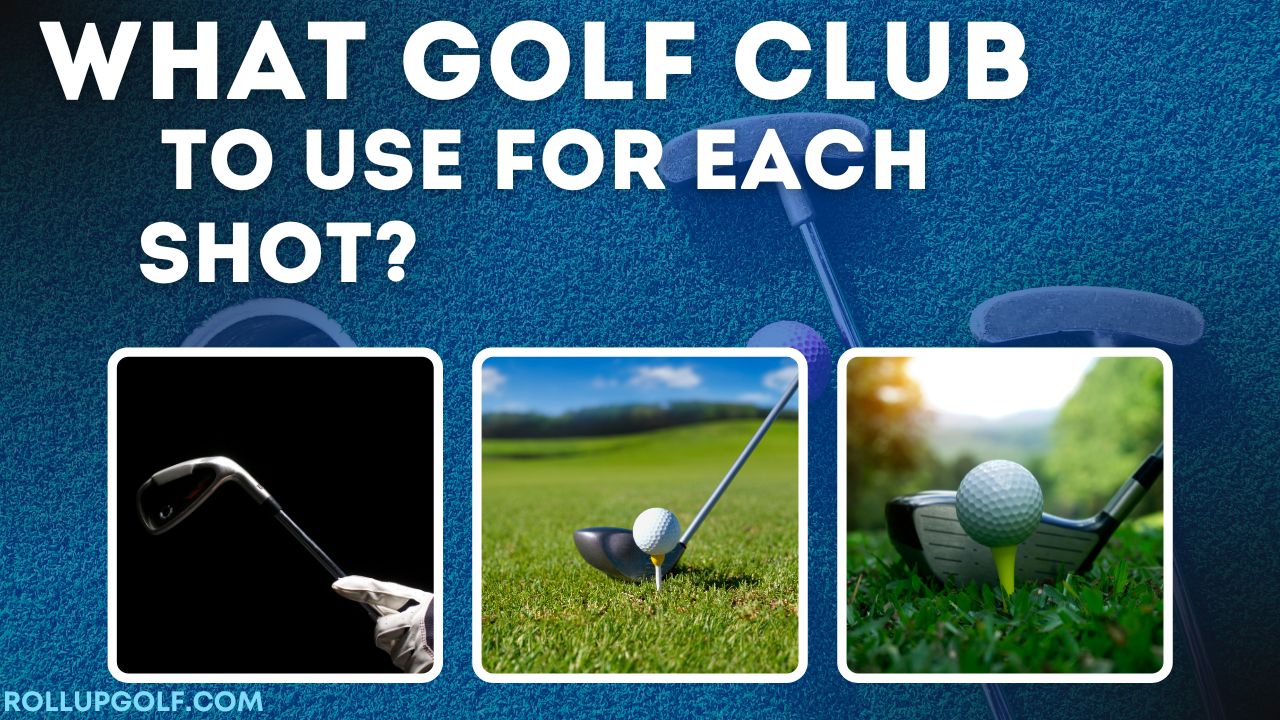
Golf is a game of precision and strategy, where every shot counts towards achieving the lowest score possible. One of the critical elements in mastering the game is knowing which golf club to use for each shot. Whether you’re teeing off, hitting from the fairway, or putting on the green, the choice of club can significantly impact the outcome of your shot. In this guide, we’ll explore the various types of golf clubs and provide insights into selecting the right club for every situation on the course.
Understanding Different Types of Golf Clubs
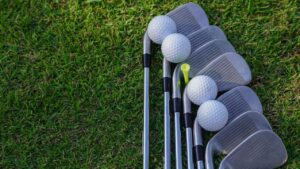
Before delving into club selection, it’s essential to understand the different types of golf clubs available. Generally, golf clubs can be categorized into four main types: woods, irons, wedges, and putters.
Woods
Woods are designed for long-distance shots off the tee or from the fairway. They typically have larger clubheads and longer shafts, making them ideal for generating maximum distance.
Irons
Irons are versatile clubs used for a variety of shots, including approach shots from the fairway, hitting out of the rough, or getting out of trouble around the green. They come in various designs, from long irons for distance to short irons for accuracy.
Wedges
Wedges are specialized irons with higher lofts, primarily used for short-distance shots around the green. They include pitching wedges, sand wedges, and lob wedges, each designed for specific shots.
Putters
Putters are used on the green to roll the ball into the hole. They come in different shapes and sizes, catering to various putting styles and preferences.
Read also: How Many Divots on a Golf Ball?
Factors to Consider When Choosing a Golf Club
When selecting a golf club for any given shot, several factors come into play. These factors can greatly influence the outcome of the shot and should be carefully considered to make the best choice. Here are some key factors to keep in mind:
1. Distance to the Target
- The distance to the target is perhaps the most critical factor in club selection. Different clubs are designed to hit the ball at varying distances, so choosing the right club to reach the target is essential.
2. Accuracy
- Accuracy is equally important as distance, if not more so. Even if you can reach the target with a particular club, if you can’t control it accurately, you may end up in trouble. Consider how accurately you can hit each club before making your choice.
3. Lie of the Ball
- The lie of the ball refers to its position on the course—whether it’s in the fairway, rough, sand, or on a slope. The lie can affect the trajectory and spin of the ball, so it’s crucial to select a club that can handle the lie effectively.
4. Weather Conditions
- Weather conditions such as wind, rain, temperature, and humidity can all affect how far the ball travels and its trajectory. Take these factors into account when choosing a club, as they can significantly impact the outcome of your shot.
5. Course Conditions
- Consider the condition of the course itself, including the firmness of the fairways, the length of the rough, the speed of the greens, and the presence of any hazards or obstacles. Each of these factors can influence your club selection and shot strategy.
6. Shot Shape Requirements
- Certain shots may require a specific ball flight or shot shape to navigate around obstacles or hazards. Consider whether you need to shape your shot left or right, or if you need to keep it low or high when selecting a club.
7. Personal Preference and Comfort
- Ultimately, your own preferences and comfort level with each club should also play a role in your decision. If you have a club that you feel particularly confident with, even if it’s not the textbook choice for the shot, it may still be the best option for you.
8. Experience and Skill Level
- Your experience and skill level as a golfer can also influence your club selection. Beginners may find certain clubs easier to hit than others, while more experienced players may be able to handle more challenging clubs with greater precision.
9. Course Management Strategy
- Consider your overall strategy for playing the course. Are you playing aggressively, aiming for birdies and eagles, or are you playing more conservatively, focusing on minimizing mistakes and avoiding hazards? Your course management strategy can influence your club selection on each shot.
Read also: How to Reshaft a Golf Club?
10. Adaptability
- Finally, be prepared to adapt your club selection as the round progresses. Conditions on the course can change, requiring you to adjust your strategy on the fly. Stay flexible and be willing to switch clubs if necessary to adapt to changing circumstances.
By considering these factors carefully and thoughtfully, you can make more informed decisions when choosing a golf club for each shot, ultimately improving your performance on the course.
Off the Tee: Choosing the Right Driver

The driver is the longest club in the bag and is primarily used for tee shots on par-4s and par-5s. When selecting a driver, consider factors such as clubhead size, loft, and shaft flex to optimize distance and accuracy off the tee.
Fairway Shots: Using Woods and Hybrids
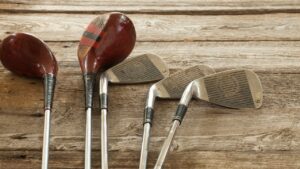
When hitting from the fairway, fairway woods, and hybrids are often the preferred choice. These clubs offer a balance of distance and accuracy, making them suitable for longer approach shots.
Approach Shots: Selecting the Right Iron
Approach shots require precision and control, making the selection of the right iron crucial. Choose an iron that matches the distance to the target and allows for accurate ball placement on the green.
Short Game: Choosing Wedges
Wedges play a vital role in the short game, helping golfers navigate around the green with precision. Select the appropriate wedge based on the type of shot you need to execute, whether it’s a pitch, chip, or bunker shot.
Putting: The Importance of Putter Selection
Putting accounts for a significant portion of strokes in a round of golf, highlighting the importance of selecting the right putter. Factors such as putter length, head design, and alignment aids should be considered to optimize cutting performance.
Understanding Club Loft and Lie
Club loft and lie angle influence the trajectory and distance of each shot. Understanding how these factors affect ball flight can help golfers make informed club selections for various situations on the course.
Personalizing Your Club Selection
While general guidelines exist for club selection, every golfer is unique and may have different preferences and strengths. Experimenting with different clubs and finding what works best for you can lead to improved performance on the course.
Practicing with Different Clubs
Practice is essential for developing proficiency with each club in your bag. Spend time on the driving range and practice green honing your skills with different clubs to become more comfortable and confident in your club selection.
Common Mistakes in Club Selection
Choosing the wrong golf club for a particular shot is a common mistake that golfers of all skill levels make. This can result in poor ball striking, inaccurate shots, and ultimately, higher scores. Here are some common mistakes in club selection to avoid:
1. Overestimating or Underestimating Distance
- One of the most prevalent mistakes is misjudging the distance to the target. Golfers may often overestimate their abilities and choose a club that they think can reach the target but falls short. Conversely, they may underestimate the distance and select a club that ends up flying past the target.
2. Ignoring Course Conditions
- Failing to consider factors such as wind direction, elevation changes, and course firmness can lead to poor club selection. Ignoring these conditions can result in shots that come up short or sail past the target, leading to unnecessary strokes.
3. Neglecting to Account for Lie
- The lie of the ball, whether it’s in the fairway, rough, sand, or on a slope, significantly impacts shot execution. Neglecting to consider the lie can result in misjudged shots that fail to reach the intended target or end up in trouble.
4. Using the Wrong Club for the Situation
- Golfers sometimes make the mistake of using the wrong club for the situation at hand. For example, using a driver when accuracy is more critical than distance or choosing a long iron for a shot that requires a higher trajectory and softer landing.
5. Lack of Adaptability
- Some golfers stick to the same club selection regardless of changing course conditions or shot requirements. Failing to adapt to the situation can result in missed opportunities and unnecessary challenges on the course.
6. Overreliance on Favorite Clubs
- Every golfer has their favorite clubs that they feel comfortable and confident with. While it’s essential to have go-to clubs in your bag, over-relying on them can limit your shot-making ability and lead to missed opportunities for improvement.
7. Not Considering Shot Shape Requirements
- Certain shots may require a specific shot shape, such as a fade or a draw, to navigate around obstacles or hazards. Failing to consider shot shape requirements can result in shots that miss the intended target or end up in trouble.
8. Poor Course Management
- Club selection is a crucial aspect of course management, which involves strategically navigating the course to minimize mistakes and maximize scoring opportunities. Poor course management can lead to suboptimal club selection and unnecessary strokes.
9. Not Factoring in Personal Skill Level
- Every golfer has different skill levels and abilities, which should be taken into account when selecting clubs. Choosing clubs that are too challenging or too advanced for your skill level can lead to inconsistent ball striking and higher scores.
10. Failure to Practice with Different Clubs
- Lastly, not practicing with different clubs and experimenting with various shot options can lead to a lack of confidence and proficiency in club selection. Regular practice with different clubs is essential for developing a well-rounded game and making better club selections on the course.
By being mindful of these common mistakes and taking steps to avoid them, golfers can improve their club selection skills and ultimately lower their scores on the course.
Adapting to Course Conditions
Course conditions can vary from day to day, requiring golfers to adapt their club selection and shot strategy accordingly. Pay attention to factors such as wind direction, elevation changes, and course layout to make informed decisions on the course.
Seeking Professional Advice
Consider consulting with a professional golf instructor or club fitter for personalized club fitting and expert guidance on club selection. They can analyze your swing mechanics, ball flight patterns, and other factors to recommend the best clubs for your game.
Technology and Club Selection
Advancements in golf club technology have revolutionized the game, providing golfers with tools to enhance their performance and enjoyment. Utilizing technology such as launch monitors and club fitting systems can provide valuable insights into club selection, ensuring that each club in your bag is optimized for your swing characteristics and playing style.

